As I made my way along St Cyrus beach there was a commotion out at sea, so I brought my binoculars to bear upon a flock of herring gulls that wheeled around excitedly offshore.
Below the swirling gulls, three rolling fins momentarily broke the shallow crested waves – porpoises!
I looked once more, but the porpoises had gone, a flash in the mind that was so brief, I wondered whether I had seen them at all.
I brushed such doubts aside, for the image of their fins was still clearly imprinted upon my consciousness.
The gulls continued to tumble above the sea, and it appeared a shoal of surface swimming fish had swept by, attracting gulls and porpoises in the process.
Unusual sight
I don’t often see porpoises on the east coast, but rather than being scarce, it is probably more due to their habit of staying a reasonable distance offshore, combined with their small, dark bodies, which makes them inconspicuous.
Unlike the much larger bottlenose dolphin, a porpoise will never breach clear of the water.
The offshore feeding frenzy may well have been a chain reaction – predatory mackerel had herded a shoal of sprats or young herring into a silvery ball of panic near the surface, which had drawn the gulls, yet at the same time the mackerel had themselves come under attack from the porpoises.
This was nature red in tooth and claw.
It is always worth taking binoculars on a beach walk, especially in autumn and winter, as there is usually so much happening offshore that is impossible to see with the naked eye.
I swept my eyepieces closer inshore and picked out several red throated divers, some still sporting the last remnants of their summer plumage.
A couple of divers were only 50 metres off the beach, rapidly roll diving in the shallows for sandeels and small flounders.
Debris
I wandered over to the upper beach at St Cyrus where the marram dunes met the soft sand.
The strandline here was scattered with tree trunks and branches that had been washed ashore.
They may well have been the remnants from the fierce storms of last winter, but I also wondered if some of this tree debris had floated across from Scandinavia.
By the dune edges, clusters of sea mayweed prospered, their white daisy-like flowers gently nodding in the sea breeze.
I also found two pink-petalled thrift flowers in full bloom.
Thrift, or sea pink, normally flowers in May and June, but nature has a habit of throwing up anomalies that go against the norm.
On taking a path along the grassland behind the beach, a parasol mushroom caught my eye.
It was a large specimen, about 10cm tall, with a wonderful umbrella-shaped, lightly flecked pale cap.
Nearby, a small tortoiseshell butterfly floated by.
This was one of its swansong flights, for the air is now getting colder and it will soon need to think about finding a safe and sheltered place for its long winter hibernation.
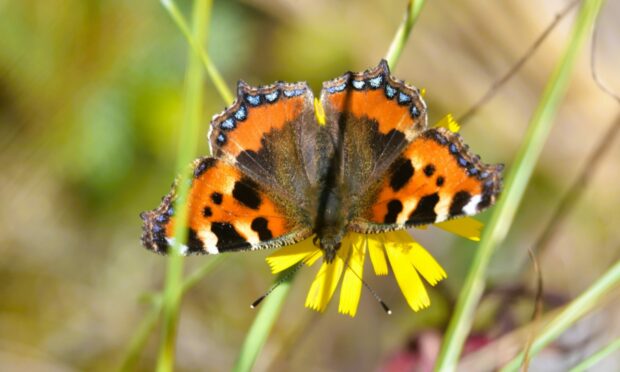
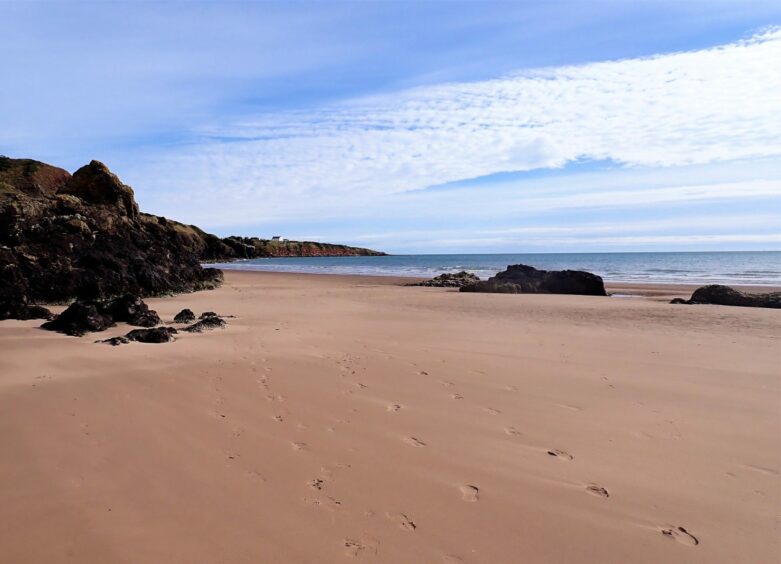
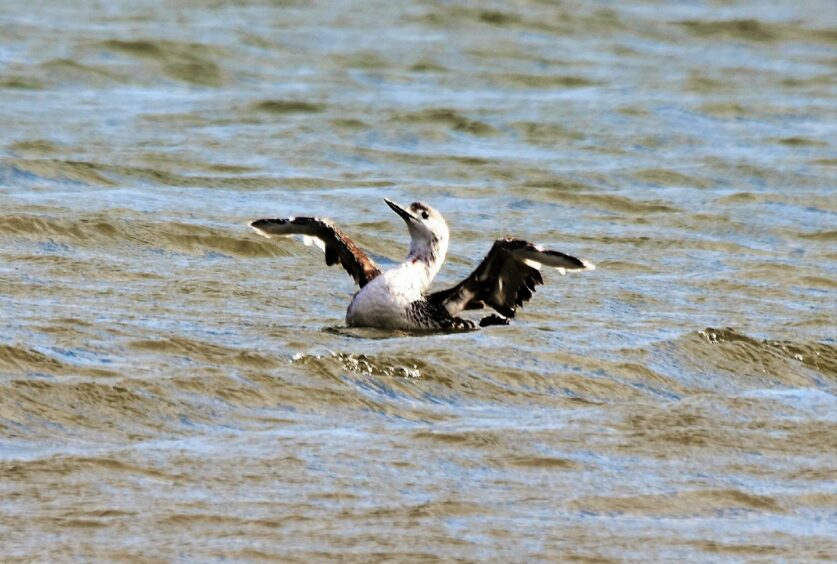
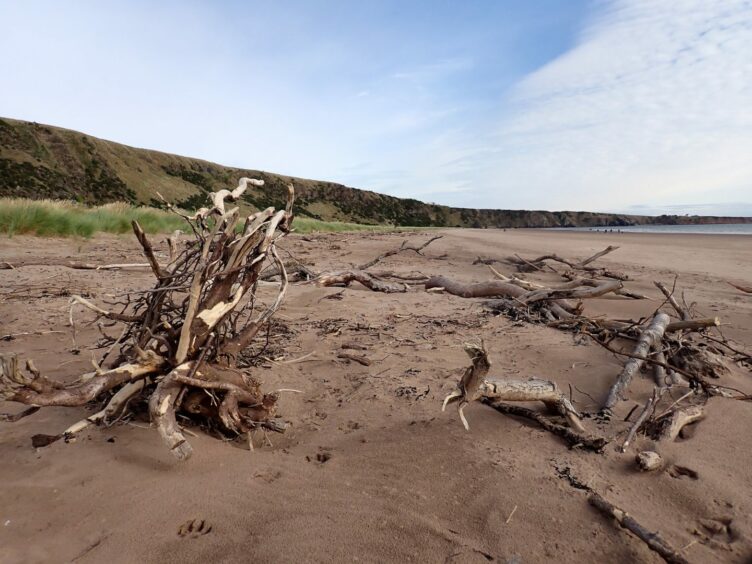

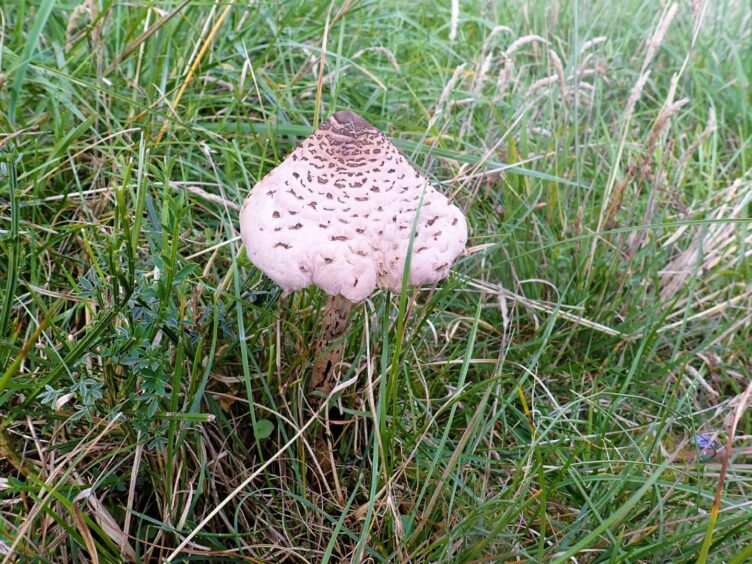
Conversation